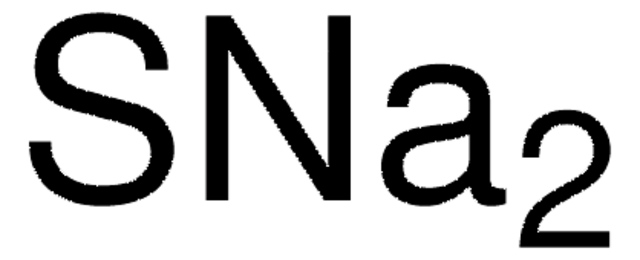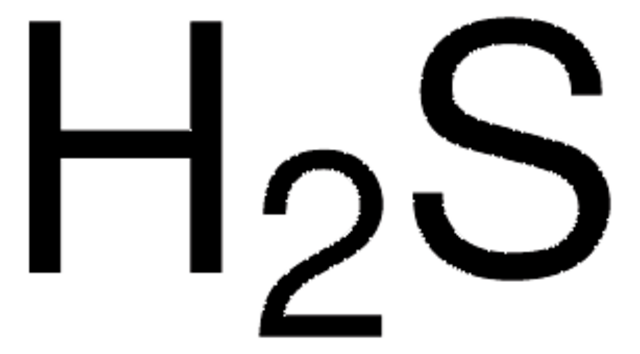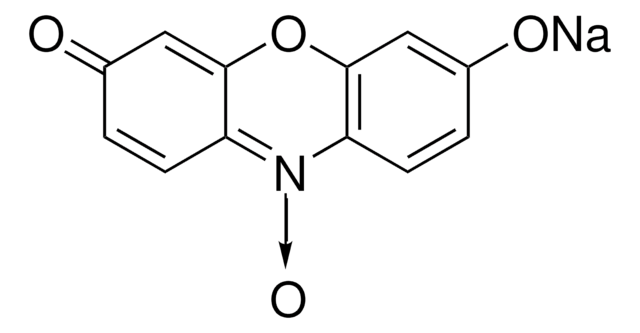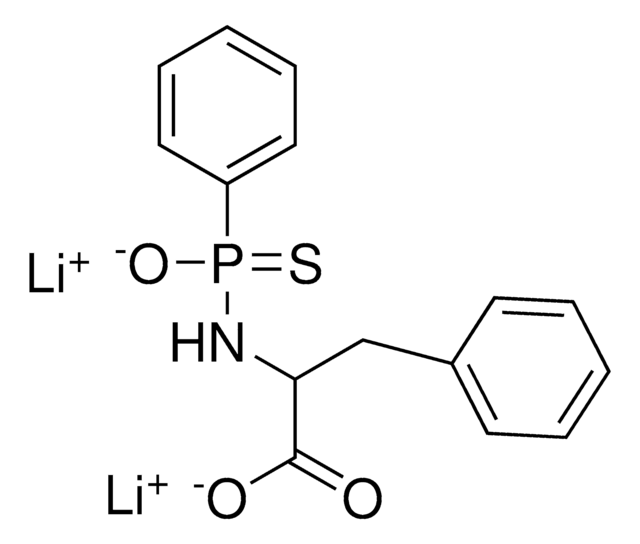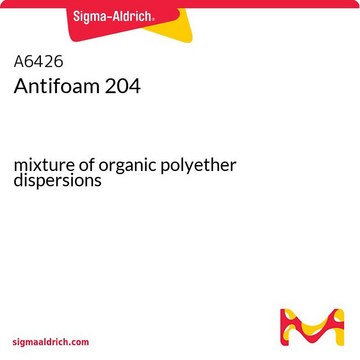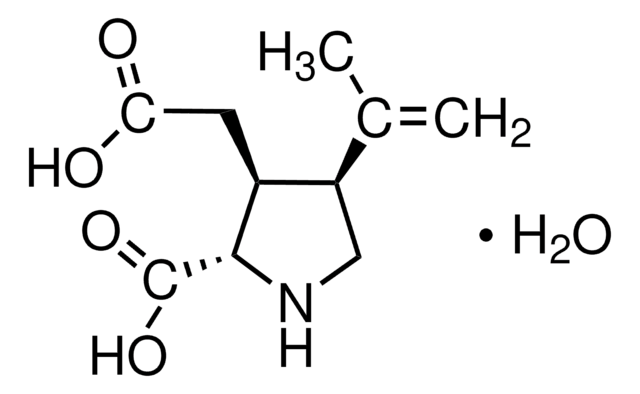Wichtige Dokumente
208043
Natriumsulfid Nonahydrat
ACS reagent, ≥98.0%
About This Item
Empfohlene Produkte
Qualität
ACS reagent
Qualitätsniveau
Assay
≥98.0%
Form
crystals or chunks
Eignung der Reaktion
reagent type: catalyst
core: sodium
Farbe
colorless to slightly yellow
Anionenspuren
SO32- and S2O32-: ≤0.1%
Kationenspuren
Fe:, passes test
NH4+: ≤0.005%
Lagertemp.
2-8°C
SMILES String
O.O.O.O.O.O.O.O.O.[Na]S[Na]
InChI
1S/2Na.9H2O.S/h;;9*1H2;
InChIKey
UIINQVYGFKNSPA-UHFFFAOYSA-N
Suchen Sie nach ähnlichen Produkten? Aufrufen Leitfaden zum Produktvergleich
Allgemeine Beschreibung
Anwendung
It serves as a catalyst during synthesis of thioamides.
Signalwort
Danger
H-Sätze
Gefahreneinstufungen
Acute Tox. 3 Dermal - Acute Tox. 4 Oral - Aquatic Acute 1 - Aquatic Chronic 1 - Eye Dam. 1 - Skin Corr. 1B
Lagerklassenschlüssel
6.1D - Non-combustible acute toxic Cat.3 / toxic hazardous materials or hazardous materials causing chronic effects
WGK
WGK 3
Flammpunkt (°F)
Not applicable
Flammpunkt (°C)
Not applicable
Hier finden Sie alle aktuellen Versionen:
Besitzen Sie dieses Produkt bereits?
In der Dokumentenbibliothek finden Sie die Dokumentation zu den Produkten, die Sie kürzlich erworben haben.
Kunden haben sich ebenfalls angesehen
Unser Team von Wissenschaftlern verfügt über Erfahrung in allen Forschungsbereichen einschließlich Life Science, Materialwissenschaften, chemischer Synthese, Chromatographie, Analytik und vielen mehr..
Setzen Sie sich mit dem technischen Dienst in Verbindung.
